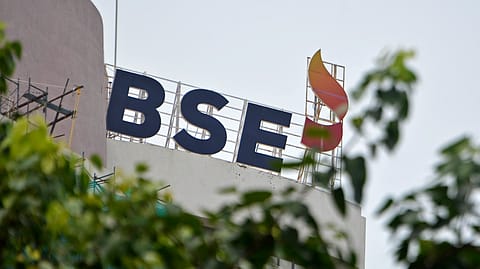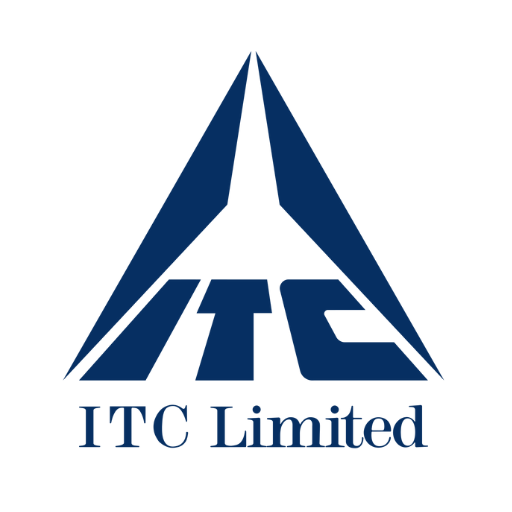Sensex jumps over 1,100 points, Nifty reclaims 25K; key factors behind ₹6.76 lakh crore wealth boost
The BSE Sensex surged by as much as 1,168 points, or 1.44%, to 81,765.77, while the NSE Nifty jumped 390.7 points, or 1.58%, to reclaim the 25,000 level.

The Indian equity markets started the week on a stellar note, with the benchmark indices, the BSE Sensex and the NSE Nifty, rallying over 1.5% each in the first hour of trade, driven by broad-based buying across sectors. The sharp uptrend was fuelled by expectations of a major GST revamp following Prime Minister Narendra Modi’s Independence Day address, S&P’s upgrade of India’s sovereign credit rating to investment grade—the first in 18 years and the highest in 35 years—and optimism around a likely pause on the 25% tariffs on India’s exports to America after some progress in the U.S.-Russia talks.
In the broader market, the Nifty Midcap100 and the Nifty Smallcap100 indices followed a similar trend, rising by as much as 1.5% each. The strong rally made investors richer by ₹6.76 lakh crore as the total market capitalisation of BSE-listed companies climbed to ₹452.54 lakh crore from ₹445.77 lakh crore at the end of trade on August 14.
Among the BSE Sensex pack, 25 out of 30 stocks traded in positive territory, led by Maruti Suzuki India, Bajaj Finance, UltraTech Cement, M&M, and Bajaj Finserv. On the other hand, HCL Tech, L&T, ITC, Sun Pharma, and TCS were among the top five losers.
Here are the key factors that fuelled the rally in the share markets:
GST revamp
The major trigger for the stock markets was PM Modi’s Independence Day announcement of second-generation GST reforms, aimed at reducing the indirect tax burden on households and stimulating consumption. The government plans to simplify the structure by merging most items into two slabs—5% and 18%—instead of the current four. Nearly all goods in the 12% slab are set to shift to 5%, while about 90% of those in the 28% slab may move to 18%, easing household budgets through lower retail prices. The proposals, expected to be cleared by the GST Council in early Q3FY26, could have a manageable revenue impact of ₹50,000 crore, Motilal Oswal said in a report.
According to the the report, key sectors expected to gain from GST reforms include consumer staples (driven by stronger demand and lower raw material costs), automobiles (particularly four-wheelers), cement, hotels (with room rates below ₹7,500), retail (especially footwear), consumer durables (mainly room ACs), logistics, quick commerce, and electronics manufacturing services (EMS, on the back of higher demand for ACs).
Recommended Stories
S&P upgrade
The second key development is S&P’s upgrade of India’s sovereign credit rating to investment grade, from ‘BBB-’ to ‘BBB’. This is the first upgrade in 18 years and the highest S&P rating received in the past 35 years.
“This is a significant macro and structural positive for the overall Indian market, likely supporting incremental valuation expansion driven by lower bond yields and decreased risk perception,” Motilal Oswal said in its report. The real effects of the rating upgrade will be visible only over the longer term in the form of lower external interest costs, more FPI flows, and enhanced investor goodwill, it added.
Hopes of a cut in U.S. tariffs
Market sentiment also improved on hopes of a pause in the 25% punitive tariffs on India’s exports to America, following some progress in the U.S.-Russia talks. Although the U.S. tariff outlook remains uncertain, India’s exports are expected to stay competitive as the existing tariff rate of 25% is still lower than that of many other countries.
Key sectors that could benefit include auto components, textiles, and gems and jewellery. Some of India’s exports, such as pharmaceuticals, metals, electronics, and capital goods, are currently exempt under Section 232, resulting in a status quo for these sectors.
(DISCLAIMER: The views and opinions expressed by investment experts on fortuneindia.com are either their own or of their organisations, but not necessarily that of fortuneindia.com and its editorial team. Readers are advised to consult certified experts before taking investment decisions.)








